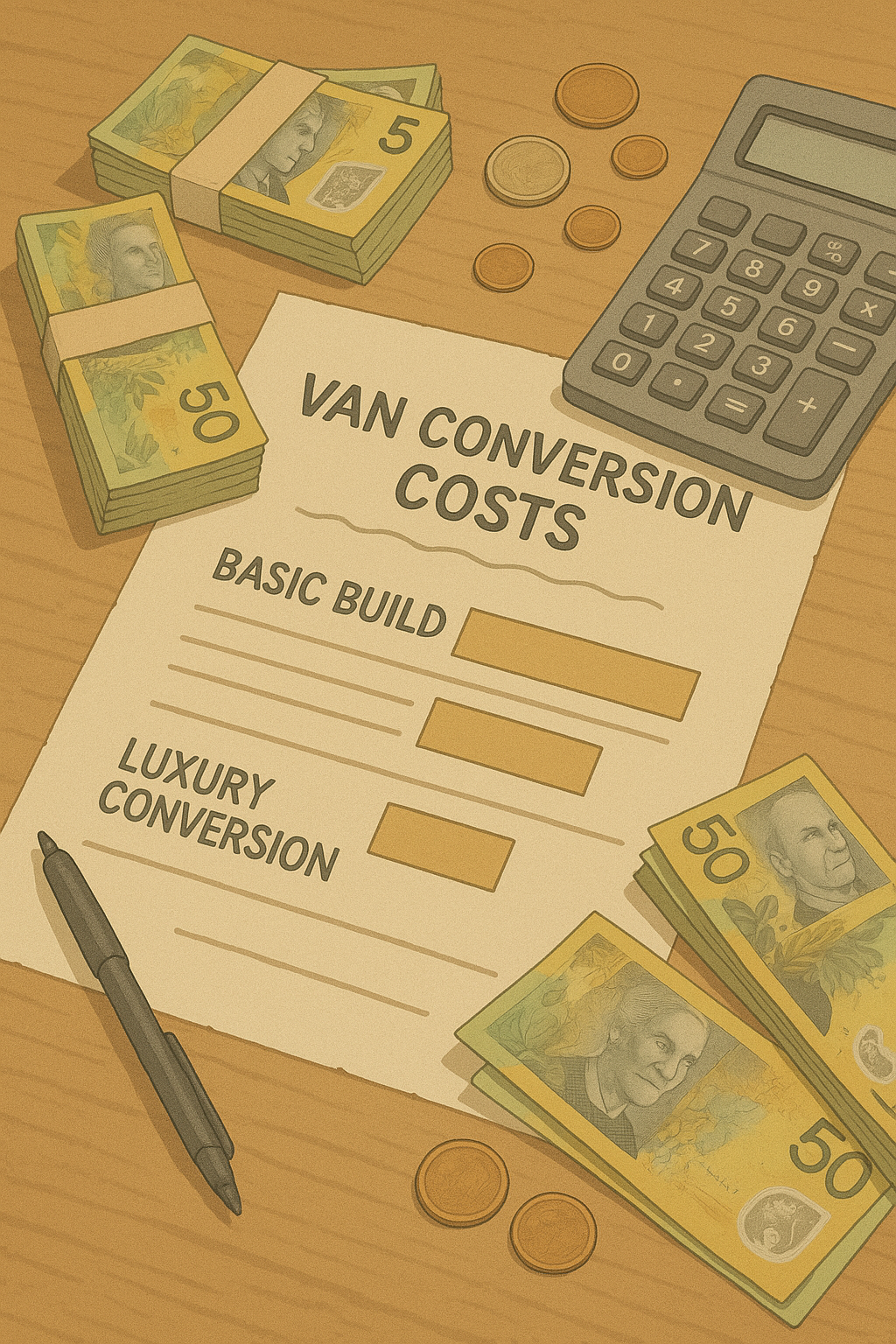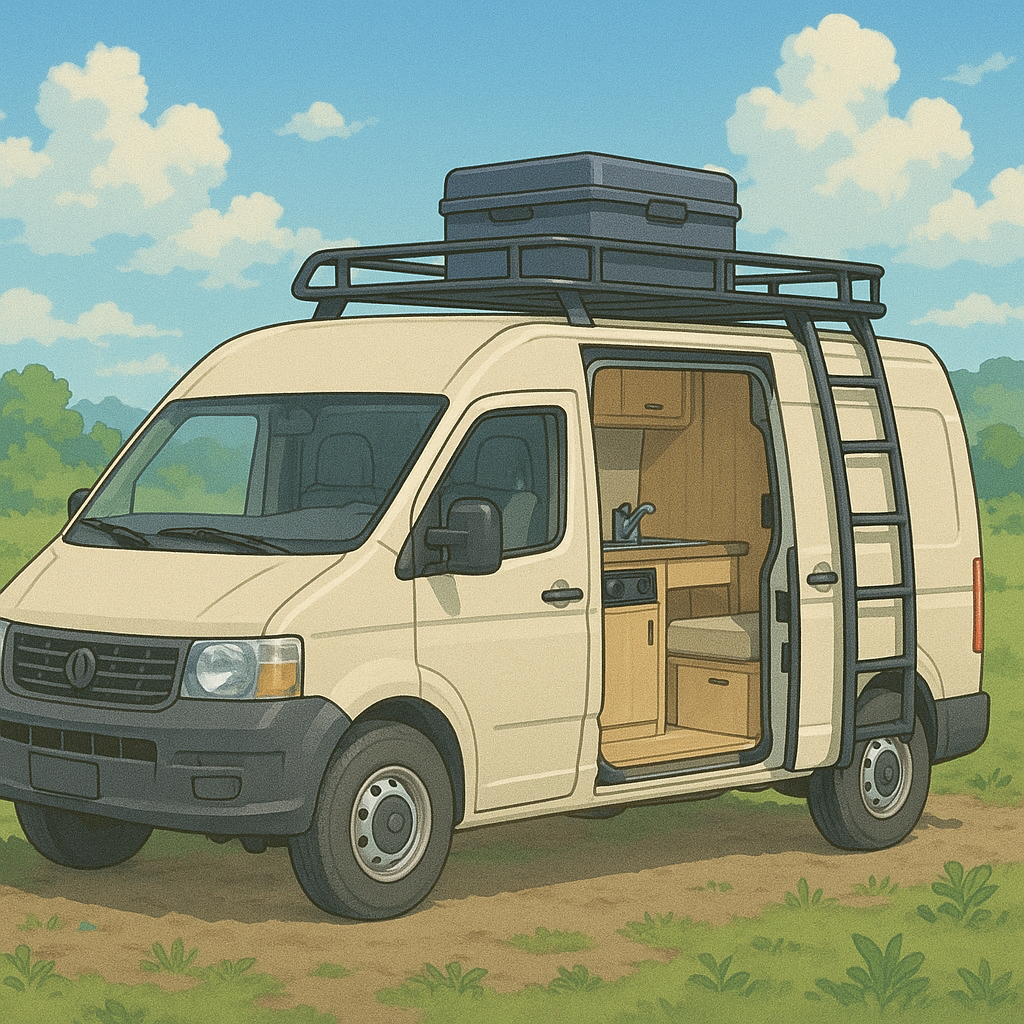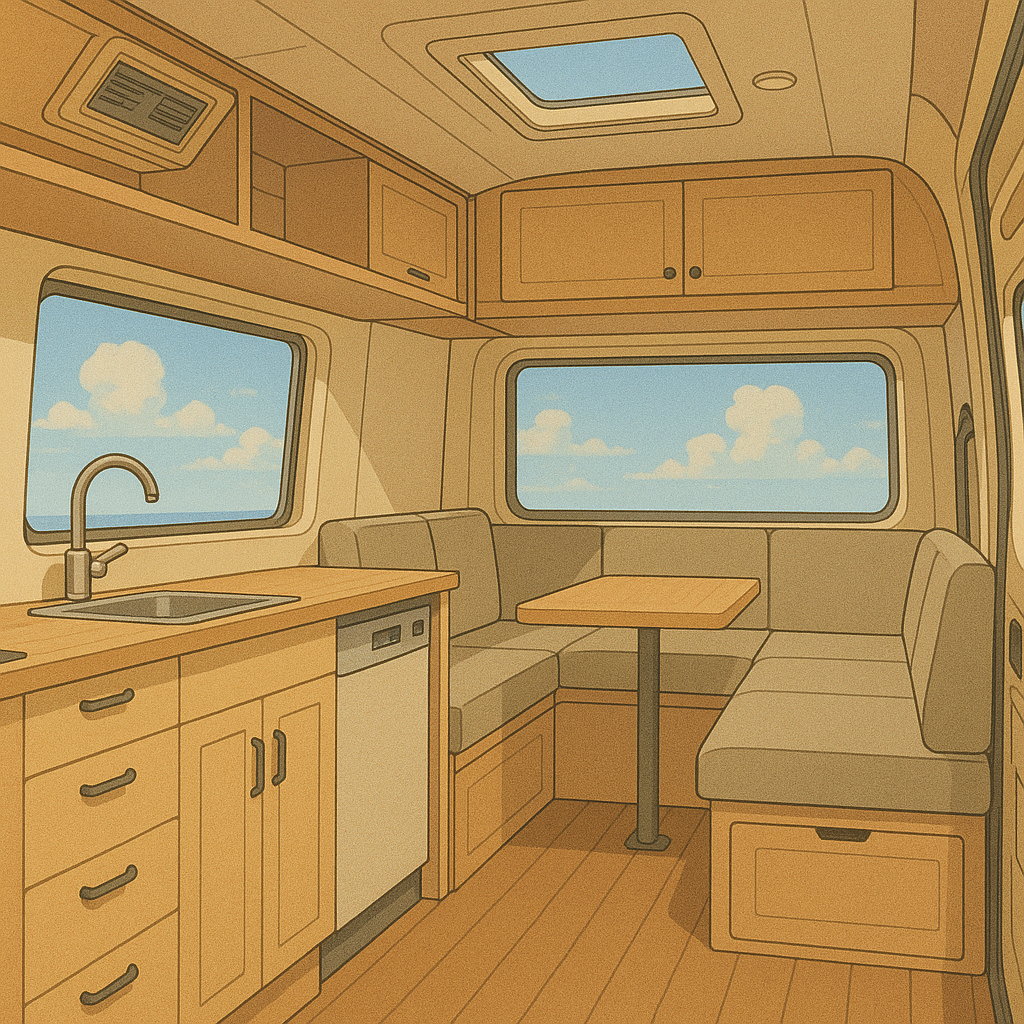Average Conversion Costs in 2025
| Build Level | Typical Cost (AUD) | What You Get |
|---|---|---|
| Budget‑Friendly | $14k–$35k | Essentials plus a few comforts—solar up to 300 W, 100 Ah battery, basic plumbing. |
| Mid‑Range | $35k–$70k | Full‑time capable fit‑out—lithium bank, hot water, indoor shower, custom cabinetry. |
| Premium/Luxury | $70k–$120k+ | High‑end finishes, composite cabinets, induction cooking, air‑con, smart home integration. |
Breaking Down the Budget
1. The Van Itself
Expect to spend 30‑50 % of your total budget on a mechanically sound base vehicle. Factor in registration, insurance, and possible mechanical upgrades.
2. Core Build Materials
- Insulation & vapour barrier: $800–$1,200
- Plywood & framing timber: $1,000–$2,000
- Finishes (laminates, paint, hardware): $1,200–$3,000
3. Electrical System
A mid‑range 200 Ah LiFePO₄ bank plus 400 W solar and 40 A DC‑DC charger will set you back roughly $6,000.
4. Plumbing & Water
Budget $600–$2,000 for fresh/grey tanks, pump, water heater, and fixtures.
5. Labour & Tools
If you’re outsourcing cabinet work or electrical sign‑off, allocate at least 15 % contingency.
Hidden & Ongoing Costs
- Roadworthy inspections & certification.
- Weight upgrades (GVM/GCM).
- Unexpected rust repair.
- Insurance premiums for a modified vehicle.
Money‑Saving Tips
- Buy second‑hand components like cooktops and windows.
- Time purchases around EOFY or Black Friday sales.
- Share tool costs with other builders in online communities.
Conclusion
Track every purchase in a spreadsheet and set aside a 10 % contingency fund. Clarity on costs helps you stay on budget and finish your build without financial stress.



